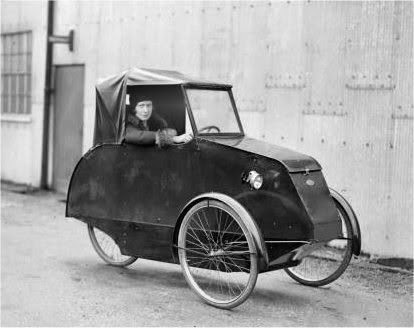Untreated wastewater is devastating to the environment. Luckily, sewage can be rehabilitated into environmentally safe and reusable water through a multi-step process. This often involves pools of murky water and thick muddy substances stewing in large vats, but that isn't the only way.
Conventionally getting rid of sludge (concentrated wastewater that has completed the first stage of treatment) involves mixing it with a bacteria and protozoa cocktail called the biological floc. This mixture is then aerated (supplied with oxygen) which enables the bacteria to process the sludge.
 |
Schematic of wastewater flow through wetland
© United Nations Environment Programme 2003 |
An innovative approach to the wastewater problem is to create a wetland ecosystem where naturally occurring bacteria and fungi digest and eliminate the pollutants. Not only are these wetland environments efficient and effective as a water cleaning method, they are also more self-sustaining, with the roots of the plants providing aeration to the bacteria in the water.
One of the most successful examples of this is the
Arcata Marsh and Wildlife Sanctuary. This interconnected complex of ponds, wetlands and marshes cleans sewage runoff in the most elegant and appealing way imaginable. In fact the water treatment facility has become a tourist attraction famous for its wildlife diversity and is now a great place to spot a wide variety of migratory birds.
But wetlands don't have to be so grand and expansive. Smaller water treatment ecosystems can be created on demand, and can still be effective in combating water pollution. For example, companies like
Abydoz Environmental Inc. ,
WetlandsPacific Corp. and many others around the world have been creating wetlands that fit to specific environments, needs and locations, providing water treatment to communities, companies and even individual houses.
Using ecosystems to combat pollution is amazing, and one can only hope that we will continue to discover and implement sustainable, environmentally supporting methods to mitigate our impact on the world.



















